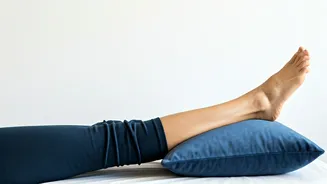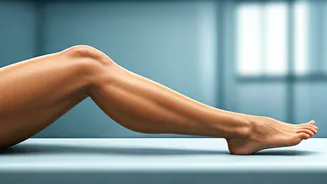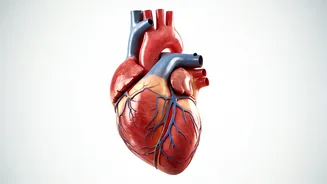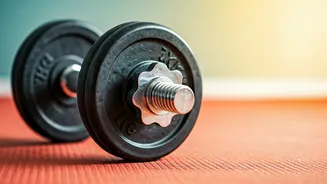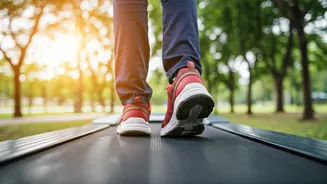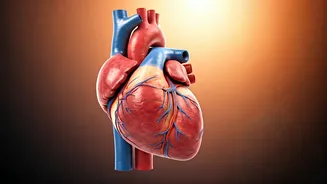Circulation Boost
Elevating your legs for just 10 minutes can work wonders for your circulation. By raising your legs above your heart level, you're helping to counteract
the effects of gravity on your blood flow. This position allows blood to flow more easily from your legs back to your heart, reducing the strain on your veins and improving overall circulation. This is particularly beneficial if you spend long hours sitting or standing, as it can help prevent blood from pooling in your legs and feet. Better circulation not only reduces the risk of varicose veins and other circulatory issues but also helps deliver oxygen and nutrients more efficiently throughout your body.
Swelling Reduction
One of the most noticeable benefits of 10-minute leg elevation is its ability to reduce swelling, also known as edema, in the legs and feet. Swelling often occurs due to fluid buildup, and elevating your legs helps to drain this fluid back into the circulatory system. This is a simple yet effective way to alleviate discomfort and reduce the appearance of swollen ankles and feet. Whether it's after a long day of work or after a strenuous workout, raising your legs can provide quick relief and help you feel more comfortable. Regular elevation can also prevent swelling from worsening, contributing to long-term health benefits.
Pain Relief
The practice of leg elevation can significantly alleviate pain and discomfort in your legs and feet. The improved circulation and reduced swelling that result from elevating your legs can ease the pressure on nerves and tissues, providing relief from various aches and pains. This is especially helpful for those suffering from conditions like plantar fasciitis, where inflammation and pain in the foot can be debilitating. By elevating your legs, you can create a more comfortable environment for your feet and legs, allowing them to recover and heal. It's a natural way to reduce pain without relying on medication, making it a valuable practice for overall well-being.
Muscle Relaxation
In addition to improving circulation and reducing swelling, leg elevation can also promote muscle relaxation. The elevated position helps to reduce tension in the muscles of your legs and feet, providing a sense of relaxation and ease. This is particularly beneficial after exercise or prolonged standing, as it helps to soothe tired muscles and prevent stiffness. By relaxing your muscles, you not only feel better physically but also reduce the risk of muscle cramps and other related issues. Integrating leg elevation into your daily routine can contribute to a greater sense of overall well-being and improved physical comfort.
Practical Application
Incorporating the 10-minute leg elevation into your daily routine is simple and straightforward. You can easily do it at home, at work, or even while traveling. All you need is a comfortable place to lie down and a pillow or cushion to elevate your legs. When practicing, ensure your legs are elevated above your heart level to maximize the benefits. This can be done while you're resting, reading, or watching television, making it easy to fit into your busy schedule. Consistency is key, and making this a regular practice can lead to significant improvements in your health and well-being. It's a small investment of time with potentially big rewards.
Enhancing Recovery
For athletes and those who are physically active, leg elevation can be an important part of the recovery process. By reducing swelling and promoting circulation, it helps the body to repair muscle tissue more effectively after a workout or strenuous activity. This can lead to faster recovery times and a reduced risk of injury. In addition to aiding in physical recovery, leg elevation can also help to calm the nervous system, reduce stress levels, and improve sleep quality. It's a holistic approach to self-care that addresses both the physical and mental aspects of well-being.
